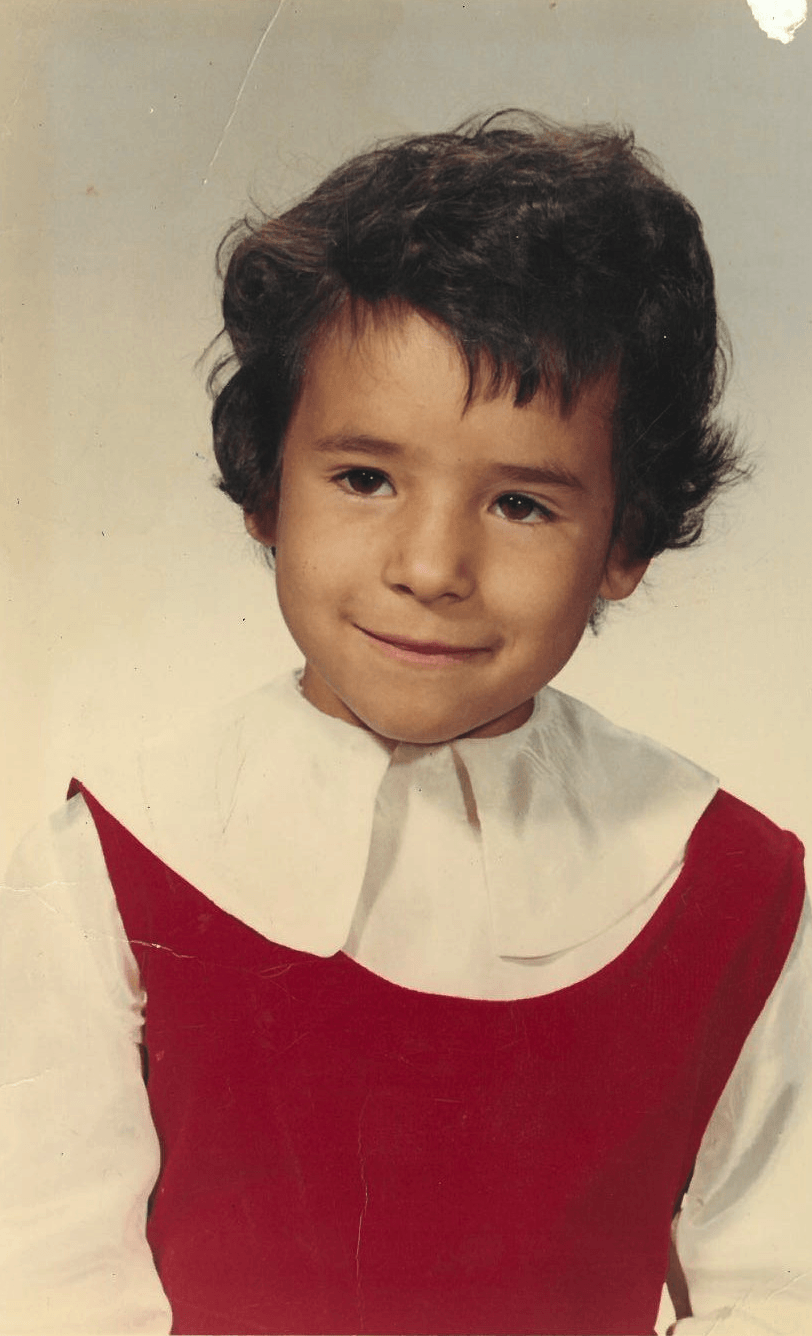Blue Hand Books,
442 Main St. #1061
Greenfield, MA
01301
(413) 258-0115
FOR IMMEDIATE RELEASE
Indigenous Native Poetry collection IN
THE VEINS gives power to words
Greenfield,
Massachusetts [2017] -- “These poet’s words jumped off the page and
made their way under my skin, into the chambers of my heart,” said Editor Patricia Busbee (Cherokee) who has
edited the new Native prose and poetry book, IN THE VEINS (Vol. 4,
ISBN: 978-0692832646, Publisher: Blue Hand
Books, Massachusetts).
“It’s a transformative collection of poetry, truly Medicine for the Soul,” Busbee
said, who has contributed poetry and prose to this collection and is Poetry
Editor for Blue Hand Books. “I thought about the iron infused blood that
flows thru our veins and how our bones, blood and skeletal systems house our history,
our stories and our ancestors.”
“Reading these poems I recognized how poetry affects all generations and
how it bypasses our cautious minds and relates to us on an intimate soul level.
Poetry is a vehicle that transports us from the outer world to the inner,”
Busbee said. Twenty-eight poets from
across Turtle Island contributed, including First Nations poet David Groulx
(Anishinabe Elliott Lake), Assiniboine playwright William Yellow Robe, Ojibwe
scholar Dr. Carol A. Hand who wrote an introduction, notable poet MariJo Moore (Cherokee), and many more.
“These poets come to us from across Turtle Island. Some are very well-known, even famous, and
many will be in the future,” Busbee said. “Their poetry offers exquisite interpretation
of life and story, personal perceptions, and their views on issues of historical
trauma, land-taking, loss of identity and culture, and child theft/adoption
projects in the name of Manifest Destiny in North America.”
This highly-anticipated collection is part of a history-making
book series Lost Children of the Indian Adoption Projects. This series includes TWO WORLDS (Vol. 1),
CALLED HOME: The Road Map (Vol. 2), and STOLEN GENERATIONS: Survivors of the
Indian Adoption Projects and 60s Scoop (Vol. 3). IN THE VEINS (Vol. 4)
will share part of its proceeds with Standing Rock Water Protectors. All books were published
by the Blue Hand Books in Massachusetts, a collective of Native American
authors.
Blue Hand Books founder Trace Lara Hentz, Busbee’s friend and
co-editor on the book series, has also contributed to this collection. “These
word warriors take us with them to the outer reaches of Indian identity and
history. Reading could not be more
powerful,” Hentz said, adding that she recommends the entire book series and hopes to
reach new readers, both Indian and non-Indian.
“These poems do make clear that words do have
power, word by word by word… With the current political climate, we need good
thoughts as we all are standing with the Standing Rock Water Protectors to end
the Black Snake and Dakota Access Pipe Line.” [www.bluehandbooks.org]
ABOUT THE
EDITOR:
Patricia Busbee is a writer, author, editor, devotee of outsider
art and poetry. She is also a soup maker and bread baker. She believes that
nourishment is found not only in food but in stories. Patricia is a strong
believer in blood memory. She can be found in her kitchen cooking for her
family—both the living and the deceased or in her too small office that is
over-run with geriatric cats and hand crafted altars, writing about family
dynamics, multiculturalism, adoption, ancestry or whatever else is clamoring
for her attention. Most likely she is scrolling thru her Twitter feed
pretending to be busy. She enjoys adding poetry, proverbs, folklore, recipes
and snippets of conversations to her work. Her heart's desire is to write a
magical realism novel in 2017. She is the co-editor of Two Worlds, Called
Home: The RoadMap and editor of IN THE VEINS.
Her noir-fiction “Remedies” was published in 2013. Her website: singingthemoon.me
IN
THE VEINS contributors and their poems:
Red by Tanajsia Slaughter
Dance of the Soul | Indian on the
Milk-Box | Somewhere by Janelle Black Owl
Tante by Jen Edwards
She Speaks with Crows by Evelyn Red Lodge (Tipi Luta Win)
Go Child by Rez Chick
god’s river by Billy-Ray Belcourt
Residential School Orphans by David
Groulx
After Sneaky | SENDING WORDS | Whiteness makes me
more....by William S. Yellow Robe, Jr.
You, Seeing Me See You | We Walk Our Way by Dr. Raeschelle
Potter-Deimel
When a trickle… becomes a river…then
a flood | find home | sum of our ancestors by Trace L. Hentz (Winyan Ohmanisa
Waste LaKe)
River In The Blood | Women's Work by
Terra Trevor
Open-Heart Breeze, Then Rock by
Anecia Tretikoff (Alutiiq)
Everyone Needs Someone by MariJo Moore
The Shallow Place | The
Red-Headed-Bastard At The Family Reunion | A Visual Prophesy by Patricia Busbee
Rebellious Child | With You | When I
found Ophelia by Crystal Dawn Draffen
Untitled 1 | Untitled 2 | Memorial
Service by Andi Hill
Mother of Nations | The Penance of
Genocide | NO EUCHARIST FOR GENOCIDE by Dr. Dawn Karima
Final Score | Perfect Son | SplitFeathers by Drew RedBear
Rutledge
Ties That Bind | Living Apart | Here
I Lay by Samantha Franklin
Josie and Mickey 1928 by Suzannne Z. Murphy
Truth | Our People by Sharon Euleen Bankhead Lammers
Who's Face Do I Carry | My Story by
Tara Dawn
Reserve by Lance Guilbault
Who granted you this power? By Karen
Belanger
Anxiety Dreams by Jagade
Haiku by Elizabeth Miyu Blake
Come Home by Judi Armbruster
###
ISBN: 978-0692832646 (Blue Hand Books)
Paperback $9.99 Kindle ebook $3.96
IN THE VEINS:
Poetry (Book 4)
###
 |
| see book preview in sidebar on this blog |
CLICK:
Blue Hand Books Collective






















